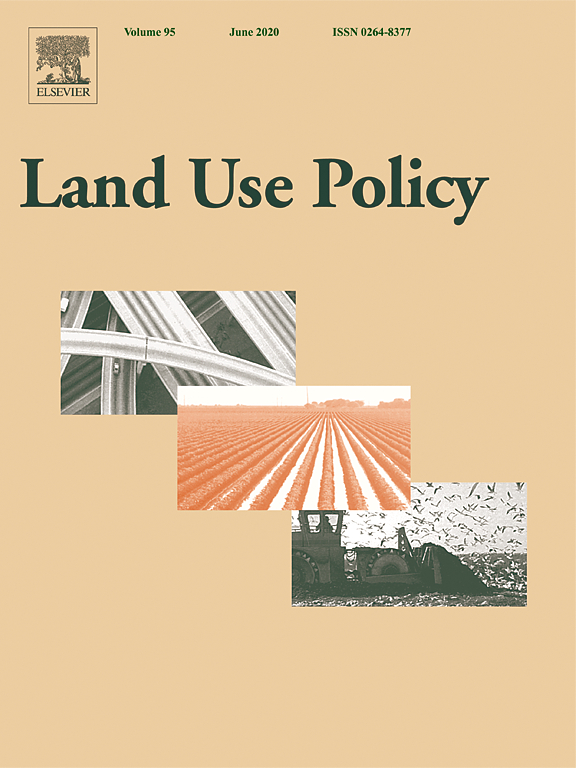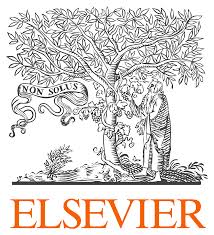Location
Land Use Policy is an international and interdisciplinary journal concerned with the social, economic, political, legal, physical and planning aspects of urban and rural land use. It provides a forum for the exchange of ideas and information from the diverse range of disciplines and interest groups which must be combined to formulate effective land use policies. The journal examines issues in geography, agriculture, forestry, irrigation, environmental conservation, housing, urban development and transport in both developed and developing countries through major refereed articles and shorter viewpoint pieces.
Land Use Policy aims to provide policy guidance to governments and planners and it is also a valuable teaching resource.
ISSN: 0264-8377
Members:
Resources
Displaying 211 - 215 of 279Effects of industrial plantations on ecosystem services and livelihoods: Perspectives of rural communities in China
This paper addresses the current research void on local community views of changes in ecosystem services associated with rapid land use transformation in the context of plantation-based forestry. This interview-based study, conducted in southern China, aims at assessing the perspectives of local communities of: 1) the effects of Eucalyptus industrial plantations on selected ecosystem services and on local development; and 2) opportunities for future community livelihood development, based on the relations with the government and with forest industry operating locally.
Projected impacts of increased uptake of source control mitigation measures on agricultural diffuse pollution emissions to water and air
A multi-pollutant modelling framework for England and Wales is described. This includes emissions of nitrate, phosphorus and sediment to water and ammonia, methane and nitrous oxide to air, and has been used to characterise baseline (no uptake of on-farm measures) and business-as-usual (BAU) annual pollutant losses, comparing these with the loss under a range of new policies aimed at increasing the uptake of relevant source control measures to 95% across England and Wales.
Land grabbing: A review of extent and possible consequences in Romania
Land grabbing represents a fundamental problem in the transitional and post-transitional economies. The transfer of land property rights impose a dramatically change of agricultural production structure, including affecting the food safety and security. The main aim of this article is the analysis of the possible effects and transformation imposed by the transfer of land property in a post-transitional agricultural economy and to identify possible solution in valuing the lands as main production factors.
Analysing behavioural differences of farm households: An example of income diversification strategies based on European farm survey data
Different forms of income diversification represent important strategies of farmers to either cope with the changing economic framework conditions or to valorise given territorial potentialities. Nevertheless, the decision to diversify economic activities on or off the farm will heavily depend on the agricultural business and household characteristics. Our study used a survey of 2154 farms from eleven European regions to identify distinct farm types in order to investigate differences regarding the willingness to diversify in the future.
The influence of land-use change paradigm on Romania’s agro-food trade competitiveness—An overview
The current transformations of the Romanian agricultural sector have imposed new paradigms in using the land resources. The objective of this study is to assess Romanian agro-food products competitiveness on world market, in terms of land use changing paradigms. The research question is whether the land is cultivated with crops which are competitive on world market. For assessing agro-food competitiveness, Balassa index is calculated. The findings show relative performance for barley, maize, triticale, wheat, poultry meat, oilseeds, and tobacco.



